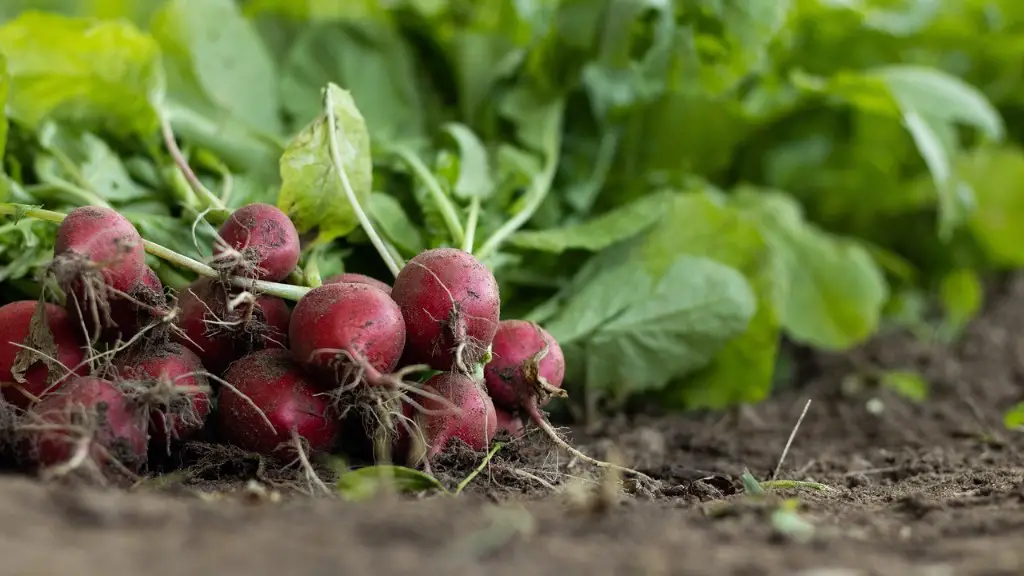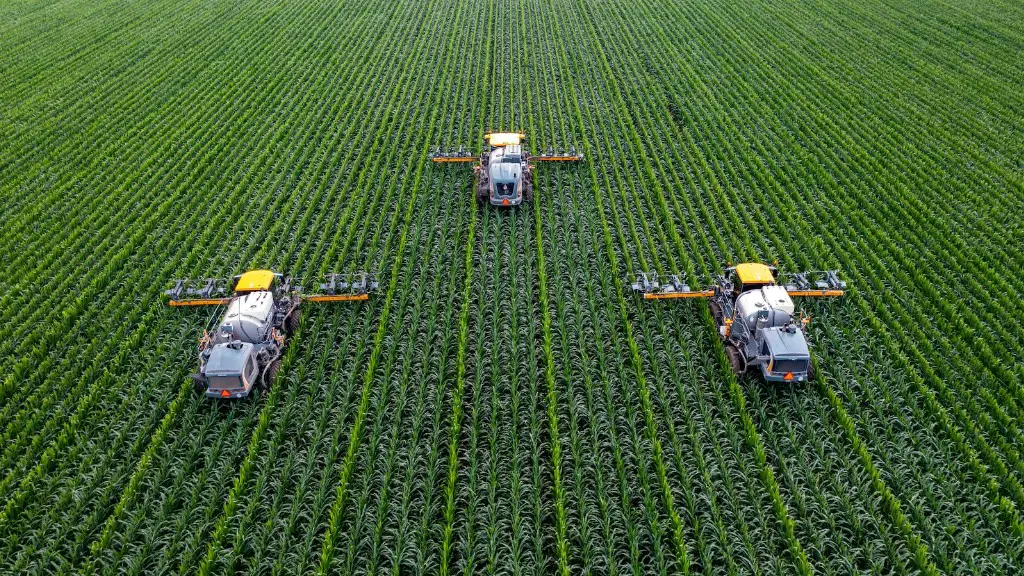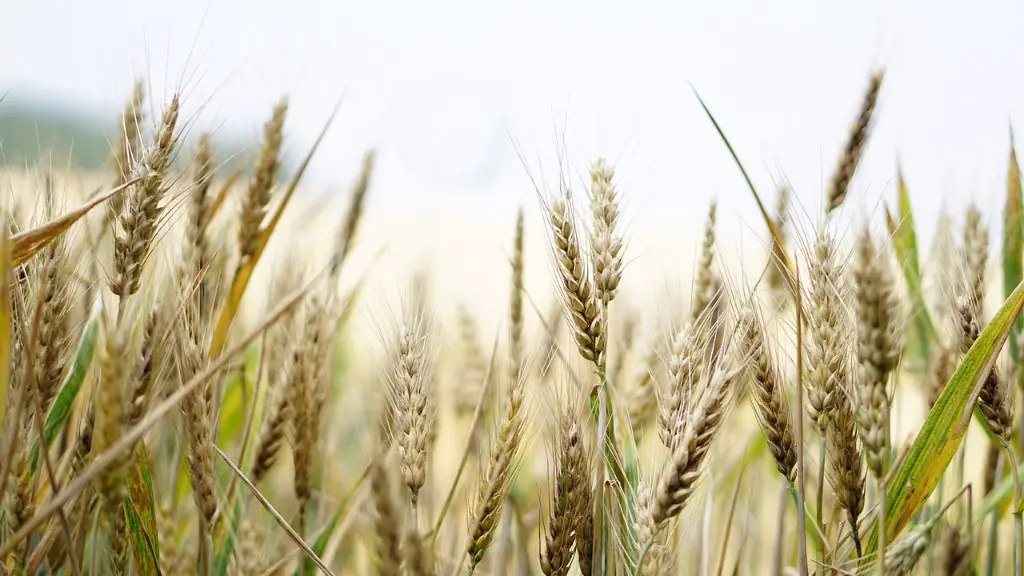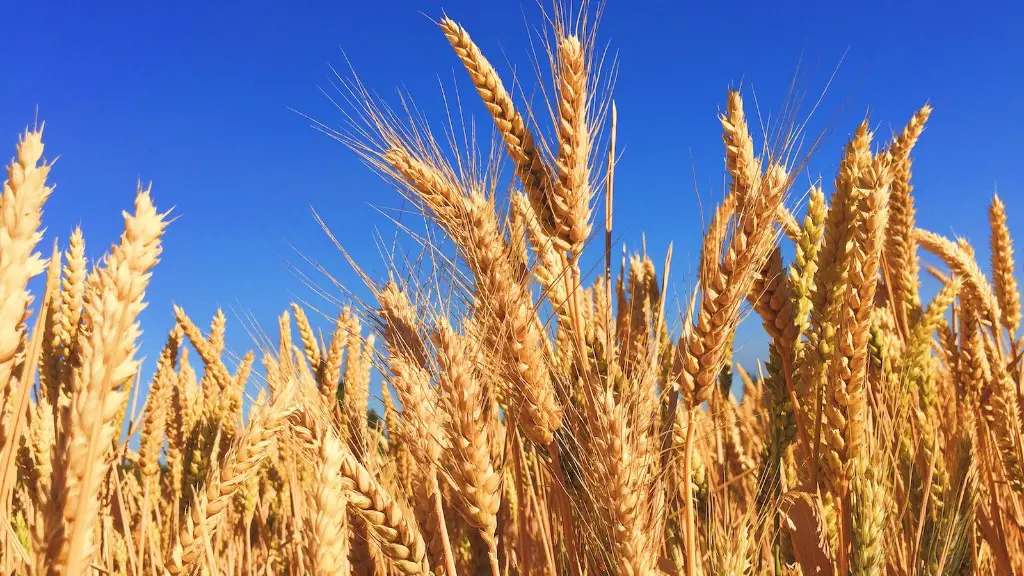Agriculture is one of the most important global industries, providing food, fiber and income to millions of people. Inputs in agriculture are those resources, materials, or components that are used in agricultural production. Inputs can include natural resources such as soil, water and crop genetics; agricultural labor; and managing inputs such as fertilizers, pesticides, animal feed, equipment and technology. Each of these inputs can have a significant role in the growth, sustainability and profitability of a farm.
Natural resources are perhaps the most critical input in agricultural production, as they form the foundation for a healthy, productive and diverse environment. Soil is one of the most basic resources available to agricultural production, providing not only a physical home to growing crops and animals, but also the nutrients and minerals necessary for growth. Additionally, the availability of water can be a major factor in the production of various crops, animals and forestry. Further, the genetics of existing plants and animals also play an essential role in agricultural production.
Agricultural labor includes homeowners and renters, contract labor, agricultural workers, and other direct laborers. These people are essential in the production of various crops, animals and forestry because they operate agricultural machinery, manage inputs and perform any number of other tasks. Both skilled and non-skilled labor inputs can provide a significant role in the production of food and fiber.
Managing inputs like fertilizers, pesticides, animal feed, equipment and technology is a major part of agricultural production. Fertilizers supply essential nutrients to the soil to bring sufficient levels of nutrient to crops. Pesticides safeguard crops and plants from any potential pests or diseases. Animal feed provides the necessary sustenance for livestock, which in turn produce meat, dairy and other products for use and sale. Equipment, such as tractors and other farm machinery, help farmers work more efficiently and more safely. Lastly, the right technology is essential to improve yields, reduce inefficiencies and make farms more productive and efficient.
Overall, across all areas of agriculture, inputs are an essential part of a farm’s success and success of the agricultural industry. Natural resources, labor, and managing inputs all play contribute to achieving a thriving agricultural industry.
Water Inputs
Water is a critically important input in agricultural production. Without water, crop and plant growth is drastically limited, leaving large amounts of land unable to be used for growing production or harvesting purposes. Water also plays a critical role in delivering essential nutrients to crops and plants, allowing them to grow and flourish in healthy ways. Additionally, water’s potential to deliver necessary nutrients in an efficient manner makes it an ideal input for large-scale producers.
Water inputs come in two forms: irrigation and precipitation. Irrigation involves dousing the fields with large amounts of water to supply the crops with the necessary sustenance and nutrients. While this method is mainly used in large-scale farming, precipitation is a form of input available to all types of agricultural production. Local weather patterns are used to decide on when, and often how much, rain is needed to provide the crops with their essential hydration.
In addition to hydration and nutrient delivery, water inputs are also used to reduce disease and pests, clean off crops prior to processing, reduce dust, assist in the management of weeds, and even mirror real-world weather patterns in controlled environments.
Labor Inputs
Labor inputs are essential to the agricultural industry. For large-scale agricultural operations, skilled labor inputs are often hired to help manage labour-intensive operations such as irrigation and crop processing. On smaller farms, owners and renters may do much of the manual labour themselves and may partner with contract labour or agricultural workers to assist in larger tasks such as harvesting and planting.
Labor inputs are usually divided into two categories: skilled and non-skilled labor. Skilled laborers focus on the most labor-intensive tasks and require extensive training. These tasks usually also require a certain degree of expertise and precision, which makes skilled labor valuable to the agricultural industry. Non-skilled labor, on the other hand, is usually more basic and often is used for various menial tasks such as cleaning, hauling and maintenance.
Regardless of the type of labor required, each type of labor input provides essential value to agricultural production, ensuring that farms remain profitable and successful. The right combination of skilled and non-skilled labor can result in greater efficiency of operations and labor savings, resulting in greater profits.
Managing Inputs
Managing inputs is a key part of agricultural production and success. To maximize the potential of their crops, farmers must make sure that their inputs are used to the best of their abilities, including the right combination of fertilizer, pesticides, animal feed, equipment and technology.
Fertilizers are essential in providing the necessary sustenance and nutrients to crops and plants, thus fostering healthier and higher yields. Pesticides help protect crops from disease and pests while also maintaining the integrity of the agricultural production environment. Animal feed ensures the proper nutrition and health of livestock, which in turn results in higher-quality meat, dairy and agricultural products. Equipment and technology help farmers work more efficiently and more safely, and often result in reduced inefficiencies and higher yields.
Managing inputs is critical to the success of any agricultural operation as it reduces costs, maximizes efficiency and increases yields. When used in the right combination and in the right quantities, inputs can dramatically enhance agricultural production and result in better profits.
Technology Inputs
Technology inputs are increasingly becoming more important in agricultural production. The right combination of technology can reduce inefficiencies, increase yields and optimize yields. Technology such as GPS and precision agriculture can help farmers maximize the potential of their crops and reduce the cost of inputs by providing detailed information on soil conditions, crop health and other factors which can impact yields.
Technology also has a hand in the efficiency and safety of agricultural operations. Automating tasks can reduce the amount of time and labour required to perform them, while automation can also help to reduce the risk of injury and illness. Technology can also help to improve the accuracy of production data and predict changes in weather and environmental conditions.
Technology is becoming an increasingly integral part of agricultural production and the right combination of technology can lead to increased yields and a more efficient operation. The right technology inputs can also lead to cost savings and an increase in the overall efficiency of a farm.
Environmental Inputs
Environmental inputs are also an important part of an agricultural production system. The health and wellbeing of the environment is influenced by many things including agriculture, which is why it’s important for farmers to consider how their operations are impacting the environment. Proper management of environmental inputs can help protect the environment, reduce the impact of agriculture on the ecosystem and even improve the quality of life in rural communities.
Environmental inputs can come from many different sources including water, soil, air quality and biodiversity. Water inputs can be managed through the use of irrigation and precipitation, while soil inputs can be managed through the use of fertilizer, erosion control and organic matter. Air quality inputs can be managed through the reduction of emissions and the use of clean energy sources as well as through processes such as crop rotation. Lastly, biodiversity inputs can be managed through sustainable practices such as conservation and the use of native species of plants and animals.
Overall, environmental inputs are a key factor in successful agricultural production. By understanding and properly managing environmental inputs, farmers can reduce their impact on the environment and improve the overall production system.





